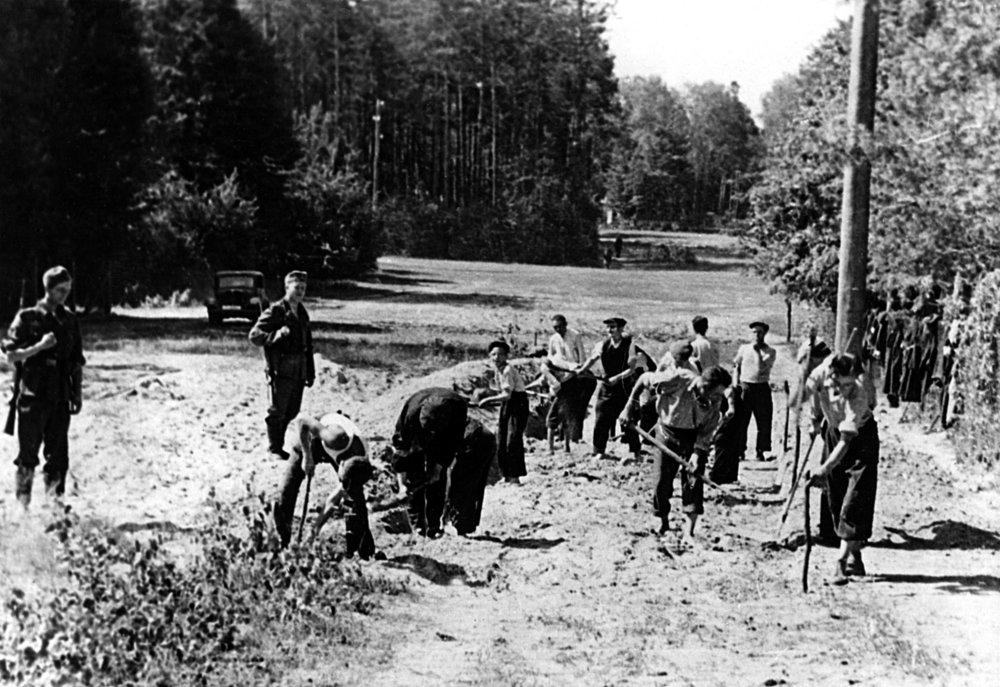

In a world of total moral collapse there was a small minority who mustered extraordinary courage to uphold human values. These were the Righteous Among the Nations. They stand in stark contrast to the mainstream of indifference and hostility that prevailed during the Holocaust.
 AutobahnFalse hopeGrünheide campRighteous Gentiles
AutobahnFalse hopeGrünheide campRighteous Gentiles
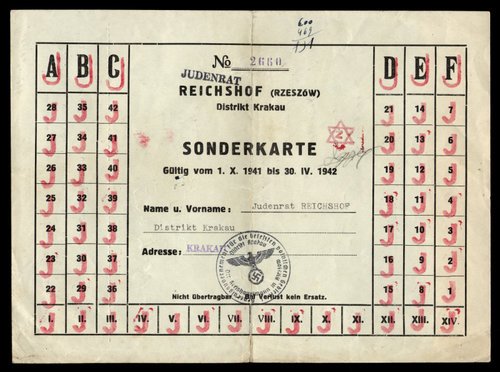 Camp hierarchyFriendshipMarkstädt campMeister Wilhelm HermannRighteous GentilesUpstander
Camp hierarchyFriendshipMarkstädt campMeister Wilhelm HermannRighteous GentilesUpstander
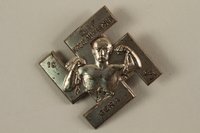 FriendshipMarkstädt campMeister Wilhelm HermannRighteous GentilesUpstander
FriendshipMarkstädt campMeister Wilhelm HermannRighteous GentilesUpstander
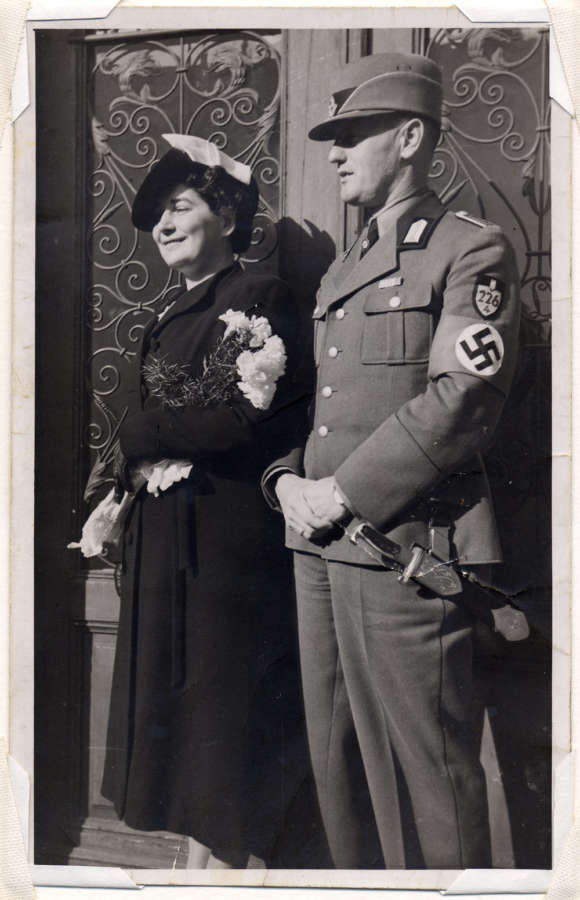 FriendshipMarkstädt campMeister Wilhelm HermannRighteous GentilesSurvivalUpstander
FriendshipMarkstädt campMeister Wilhelm HermannRighteous GentilesSurvivalUpstander
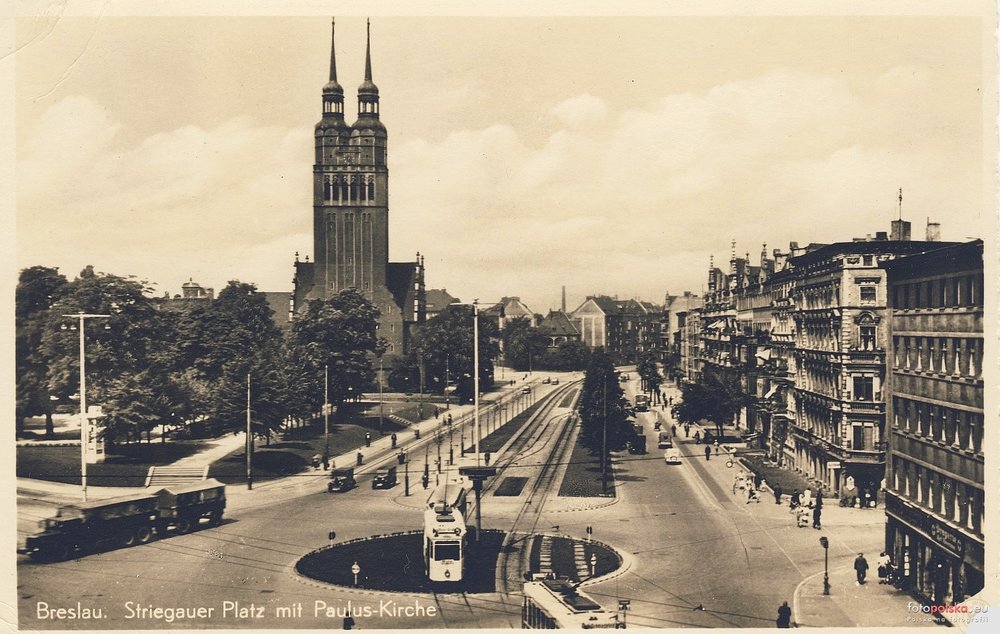 Markstädt campMeister Wilhelm HermannResistanceRighteous GentilesUpstander
Markstädt campMeister Wilhelm HermannResistanceRighteous GentilesUpstander
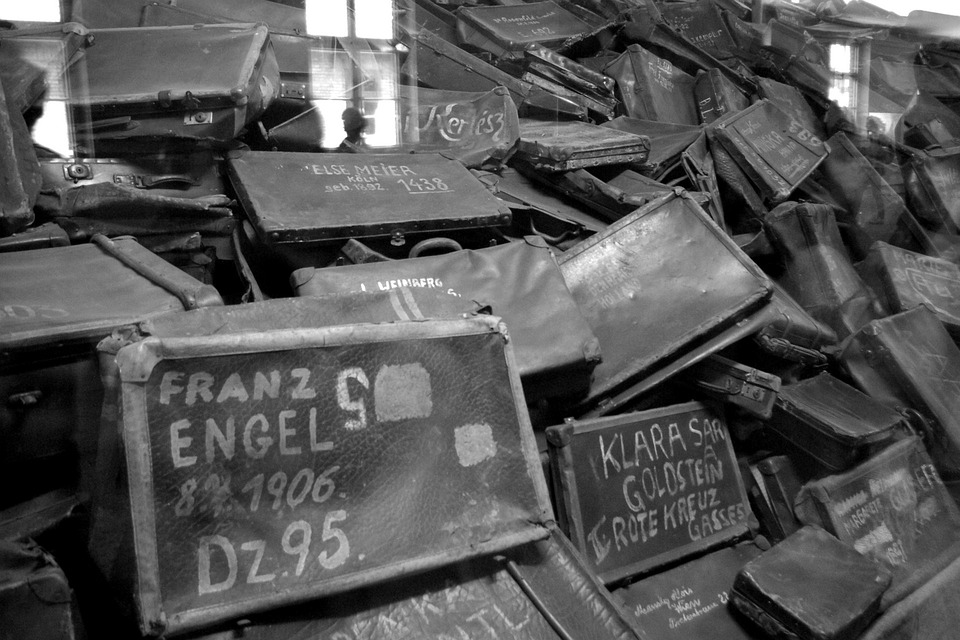 AuschwitzMarkstädt campMeister Wilhelm HermannRighteous Gentiles
AuschwitzMarkstädt campMeister Wilhelm HermannRighteous Gentiles
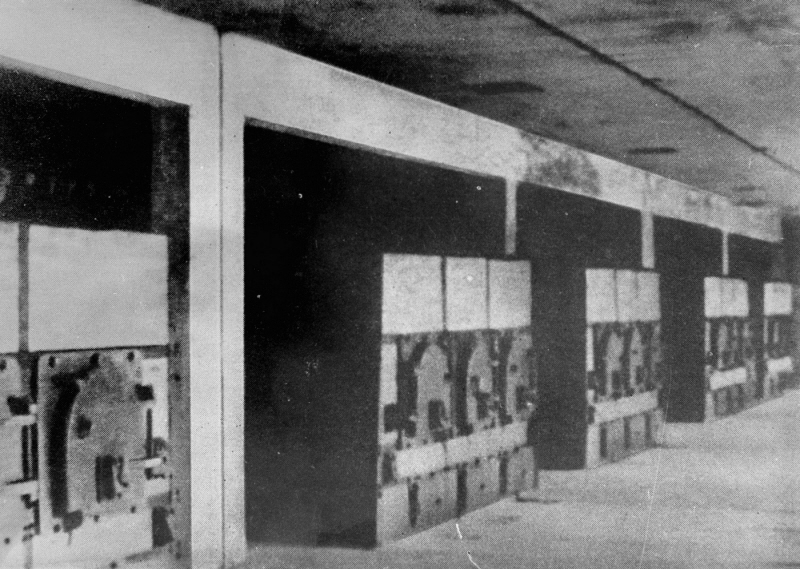 AuschwitzMarkstädt campMeister Wilhelm HermannRighteous Gentiles
AuschwitzMarkstädt campMeister Wilhelm HermannRighteous Gentiles
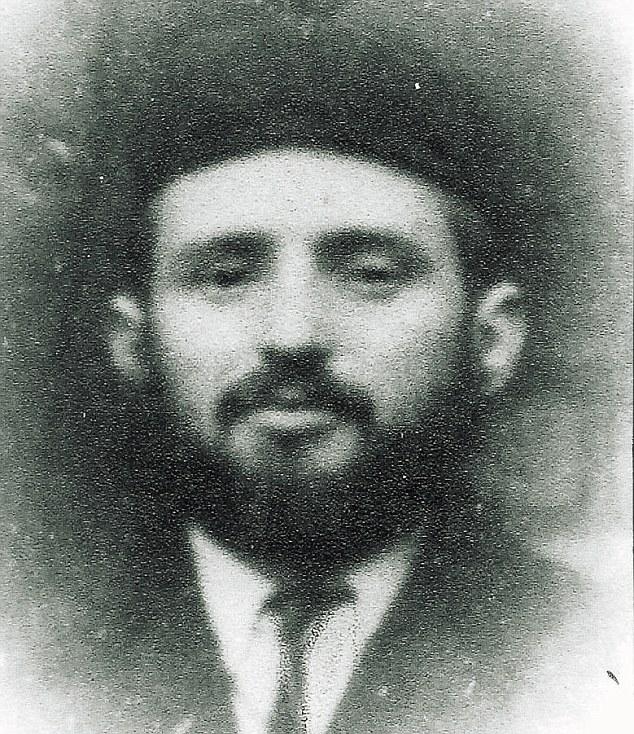 Ernst Bornstein’s familyKaposMarkstädt campMeister Wilhelm HermannRighteous GentilesSS
Ernst Bornstein’s familyKaposMarkstädt campMeister Wilhelm HermannRighteous GentilesSS
Holocaust Matters is an interactive educational tool for anyone interested in the Holocaust including schools and those with a professional or personal research interest. It is run by the family of Holocaust survivor Dr Ernst Israel Bornstein to showcase excerpts of his memoir ‘The Long Night’ which tells of his miraculous survival from seven Nazi labour and death camps during World War II.
Users can explore and learn from the historical topics and universal themes within the book.
As well as being a historical source Ernst’s survival story has thrown up sensational new perspectives on the Holocaust and how history is remembered or forgotten to this day.
Without the words as his legacy his story would be lost.
Holocaust Matters is an interactive educational tool for anyone interested in the Holocaust including schools and those with a professional or personal research interest. It is run by the family of Holocaust survivor Dr Ernst Israel Bornstein to showcase excerpts of his memoir ‘The Long Night’ which tells of his miraculous survival from seven Nazi labour and death camps during World War II.
Users can explore and learn from the historical topics and universal themes within the book.
As well as being a historical source Ernst’s survival story has thrown up sensational new perspectives on the Holocaust and how history is remembered or forgotten to this day.
Without the words as his legacy his story would be lost.
© 2018 Holocaust Matters. Designed by Tudor Lodge Consultants
Although Ernst was never an inmate at the notorious Auschwitz camp he relays his fear of being sent there. His parents and two younger sisters perished at Auschwitz. The camp’s deadly reputation was well-known amongst inmates of other camps. Nearly one million Jews were murdered at Auschwitz along with tens of thousands of Poles, Roma and people of other nationalities.
Zawiercie in southern Poland, was Ernst Bornstein’s hometown. On the eve of the WWII there were 7,000 Jews in Zawiercie – about a quarter of its residents. They made their living primarily from trade, crafts, the clothing industry and the metal industry. The city had a traditional “cheder” (religious primary school), a Talmud Torah, and a school and kindergarten.
Ernst was dragged from his family home on 25th March 1941 and sent to Grünheide camp in modern-day Sieroniowice, Poland. Nothing is thought to remain of the camp apart from a hidden memorial.
Markstädt was one of the largest Schmelt forced labor camps for Jews. Located 22 kilometers southeast of Wrocław (Breslau), it was established for Alfried Krupp’s artillery factory the “Bertha-Werk”.
Fünfteichen was the largest subcamp in the Gross Rosen system. Most of the prisoners worked for the Krupp Factory, manufacturing 75mm and 150mm cannons as well as torpedo launchers. Prisoner beatings by SS men were a daily occurrence. Many prisoners could not stand the conditions prevailing in camp and committed suicide.
Gross Rosen concentration camp was located in modern-day Rogoznica in Poland. At its peak activity in 1944, the Gross Rosen complex had up to 100 subcamps located in eastern Germany, Czechoslovakia, and on the territory of occupied Poland. The population of all Gross Rosen camps at that time accounted for 11% of the total number of inmates incarcerated in the Nazi concentration camp system. There is now a museum on the site.
Flossenbürg was a Nazi German concentration camp built in May 1938. Until its liberation in April 1945, more than 96,000 prisoners passed through the camp, around 30,000 of whom died there.
From spring 1944 to April 1945 there was an outpost of the Natzweiler concentration camp run by the “SS” in Leonberg. Prisoners from 24 European countries, mainly from Poland, the USSR, France, Hungary, the Balkans and Germany were held captive in the shacks working almost exclusively for the Messerschmitt AG company making wings for the ME 262 jetfighter.
In mid-1944, the SS established the Mühldorf camp complex in Bavaria as a satellite system of the Dachau concentration camp to provide labour for an underground installation for the production of the Me-262 jet fighter.
